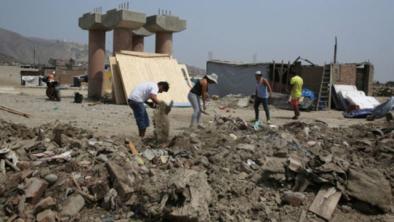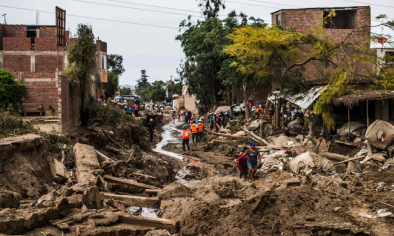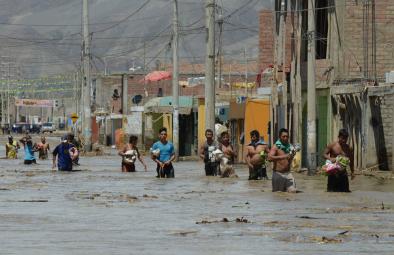Science Source
Dry and wet rainy seasons in the Mantaro river basin (Central Peruvian Andes)
- States that previous studies have found significant negative correlations between the warm phase of ENSO and precipitation during the peak phase of the rainy season in the Mantaro basin (this relation is particularly strong with the Nino 4 index, which indicates an indirect effect of SST on the Mantaro basin, most likely through atmospheric teleconnections)
- However, the results presented in this study suggest very little, if any, ENSO impact on precipitation. The correlation coefficient between the rainy season precipitation averaged over all the stations and the Nino 4 index is only about −0.34, which is not statistically significant
- States that this apparent inconsistency with previous studies has to be related to the periods under investigation—the correlations are largest in February, in the middle of the peak phase, but are quite small during the onset phase (September–December)
- Finds that the wet rainy seasons in the Mantaro basin were concentrated mostly in the 70s and in the first half of the 80s, except for the 1993/94 event, which was the largest one
- Finds that the most recurrent dry rainy seasons occurred in the second half of the 80s and during the 90s; and the two strongest and most generalized dry periods occurred in 1989/90 and 1991/92
- Finds that dry periods appear to be becoming more generalized throughout the basin with time, particularly after 1986
- Finds a decreasing trend in total rainfall in the rainy season of 2% per decade, due mainly to the stronger trend during the peak phase (−4%/decade), while the trend was almost zero for the onset phase
Related Content
Headline

Apr 19, 2017 | The Guardian via AFP
Death toll rises to 113 in Peru floods, mudslides
Headline

Apr 13, 2017 | the Guardian
How can Peru prepare to withstand more devastating floods and landslides?
Headline

Apr 9, 2017 | ReliefWeb
Heavy rains cause landslides, flooding in Colombia and Peru
Headline

Apr 7, 2017 | Inside Climate News
Peru's floods follow climate change's deadly trend


